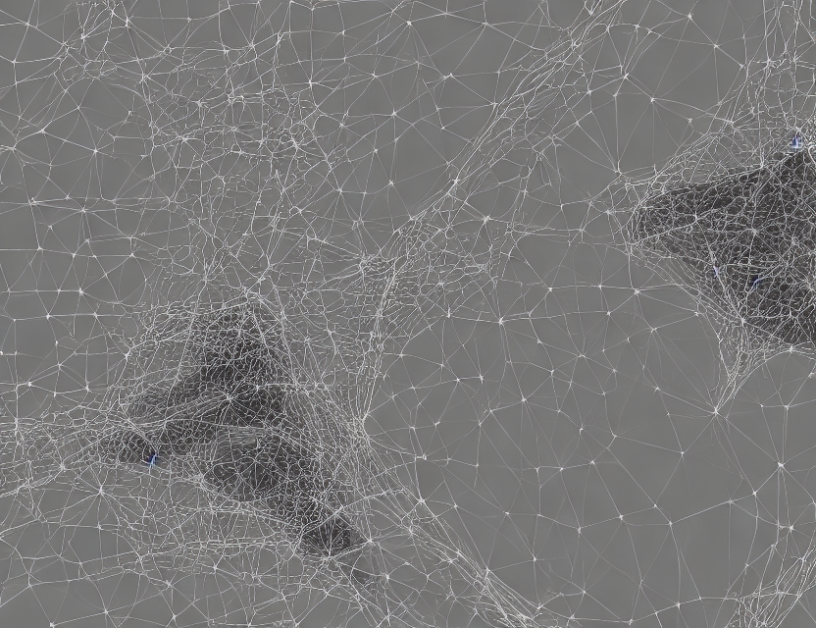Understanding Image Quality Assessment (BIQA)
Image quality assessment is a crucial task in various applications, including image processing, computer vision, and multimedia. BIQA involves evaluating the quality of an image based on its perceptual appeal, sharpness, and overall aesthetic appeal. Researchers have proposed several methods for BIQA, which can be broadly classified into two categories: unimodal and multimodal approaches.
Unimodal Approaches
Unimodal BIQA methods rely on a single modality, such as image quality metrics or text-based quality descriptions, to evaluate the quality of an image. These methods are easy to implement but may not accurately reflect the visual quality of an image. For instance, a metric that measures the mean squared error between the original and distorted images can provide a quantitative score but may not capture the subjective nature of image quality.
Multimodal Approaches
Multimodal BIQA methods combine multiple modalities, such as image, audio, and text, to evaluate the quality of an image. These methods can simulate the inherent ability of humans to capture and represent visual quality in a more comprehensive manner. For example, a hybrid indicator that combines both image and text features can provide a more accurate assessment of image quality than using either modality alone.
Key Findings
- Humans are better at measuring image quality by semantic description rather than quantitative score.
- Unimodal BIQA methods may not accurately reflect the visual quality of an image.
- Multimodal BIQA methods can simulate the inherent ability of humans to capture and represent visual quality in a more comprehensive manner.
In conclusion, understanding image quality assessment is crucial in various applications, and there are different approaches to evaluate it. Unimodal approaches rely on a single modality, while multimodal approaches combine multiple modalities to provide a more accurate assessment of image quality. By incorporating text-based information, BMQAs can simulate the inherent ability of humans to capture and represent visual quality in a more comprehensive manner.



